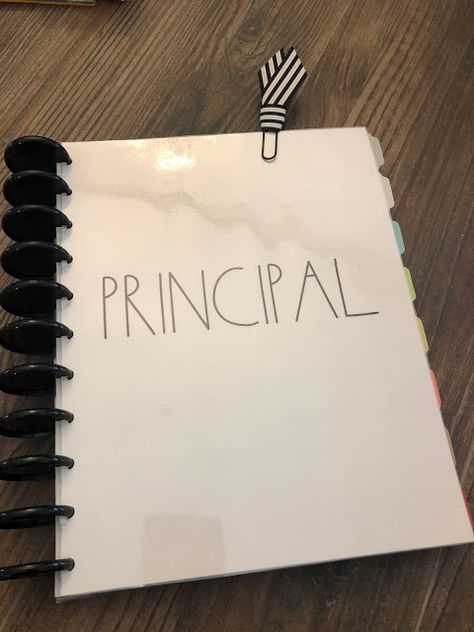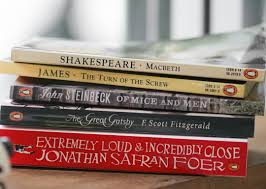Encouraging students to develop strong reading skills and promoting a love for books can sometimes be challenging. However, incorporating a fun and engaging board game into the classroom setting can make practicing reading skills a more enjoyable experience. In this article, we will discuss a creative and enjoyable way to encourage students to practice their reading skills with a board game specifically designed for this purpose.
Introducing “The Reading Race”
“The Reading Race” is an exciting, interactive board game specially designed for students who are beginning readers or need extra practice in developing their reading skills. It combines essential literacy concepts with the thrill of competition, creating an atmosphere where students are eager to practice and improve their reading abilities.
How It Works
In “The Reading Race”, players take turns rolling dice and moving their game pieces around the board. Each space on the game board corresponds to different reading-based activities or challenges that help reinforce various reading concepts. For example:
1. Phonics: Players must identify the sound of a given letter or blend in order to advance.
2. Sight Words: In this challenge, students must accurately read a sight word from a card.
3. Vocabulary: Students must correctly define or use a vocabulary word in a sentence.
4. Comprehension: Players read short passages and answer questions based on their understanding of the text.
Each completed challenge allows players to advance further towards the finish line, fostering healthy competition and encouraging players to engage more with each aspect of the game.
Adapting For Different Skill Levels
“The Reading Race” can easily be adapted for various skill levels to ensure that all students are challenged appropriately while playing the game. Teachers can use leveled reading materials and task cards tailored for individual student needs, keeping them engaged and motivated throughout gameplay.
Benefits Of Using “The Reading Race” In The Classroom
By integrating “The Reading Race” into your classroom curriculum, you can expect several benefits for both you and your students:
1. Increased engagement: Students’ interest in learning often increases when they have an entertaining and competitive way to practice their skills.
2. Improved reading abilities: Regular practice with such a game can lead to improved phonics, vocabulary, and comprehension skills among students.
3. Positive reinforcement: Success in “The Reading Race” provides students with a sense of accomplishment and motivates them to continue developing their reading abilities.
4. Fostering teamwork: The game can be modified for team play, encouraging collaboration and problem-solving skills among students.
In conclusion, incorporating “The Reading Race” board game into your classroom is a creative and enjoyable way to help your students practice foundational reading skills. Not only does it support their growth as readers, but it also fosters a sense of teamwork, accomplishment, and healthy competition. So go ahead, give “The Reading Race” a try and witness the enthusiasm that this game brings to your classroom’s reading practice sessions!











